This post contains affiliate links. I may earn a commission from purchases made through these links. I only recommend products I've personally used. Your trust is important, and I aim to provide valuable recommendations. Thank you for your support!
Are you eager to give your garden a nutrient boost without resorting to synthetic chemicals? Look no further! In this comprehensive guide, we’ll explore some simple do-it-yourself (DIY) garden fertilizers using everyday kitchen scraps and natural ingredients. These budget-friendly and eco-friendly fertilizers not only enrich your garden soil but also promote sustainability by repurposing kitchen waste. Let’s dive into the world of natural gardening!
Introduction:
Maintaining a thriving garden doesn’t have to mean emptying your wallet on expensive fertilizers or resorting to harsh chemicals. As gardening enthusiasts ourselves, we’ve experimented with these DIY fertilizer recipes and witnessed their remarkable effectiveness firsthand. By tapping into the power of natural ingredients found in your own kitchen, you can provide your plants with the nutrients they need to flourish while minimizing your environmental impact. In this guide, we’ll walk you through several DIY fertilizer recipes that are easy to make, effective, and environmentally friendly. From eggshells to banana peels, you’ll be amazed at what you can repurpose to feed your garden. Let’s dive in!

1. Egg Shell Fertilizer
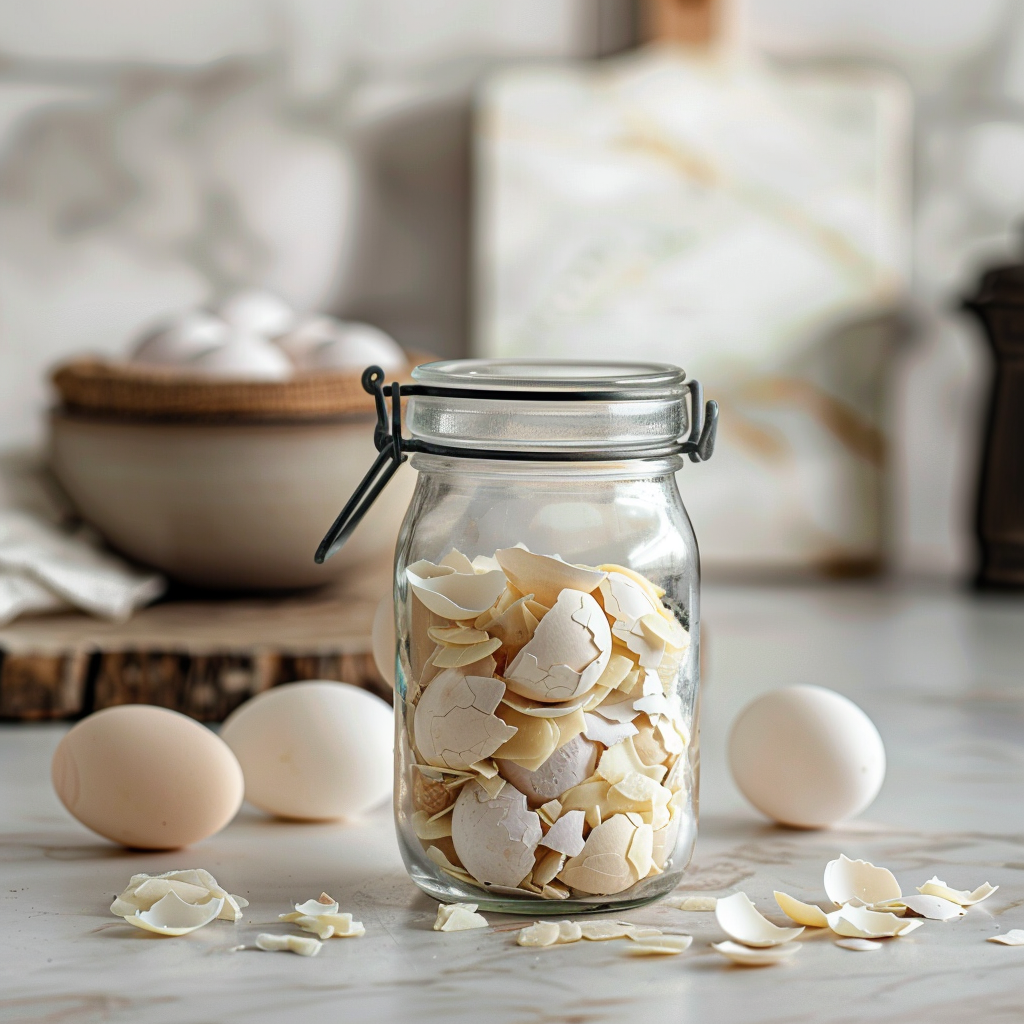
Egg shells are not just kitchen waste; they’re treasure troves of calcium, essential for robust plant growth and pest deterrence.
Incorporate crushed eggshells into the soil around plants to provide a slow-release source of calcium. Apply at the beginning of the growing season and replenish as needed.
2. Banana Peel Fertilizer
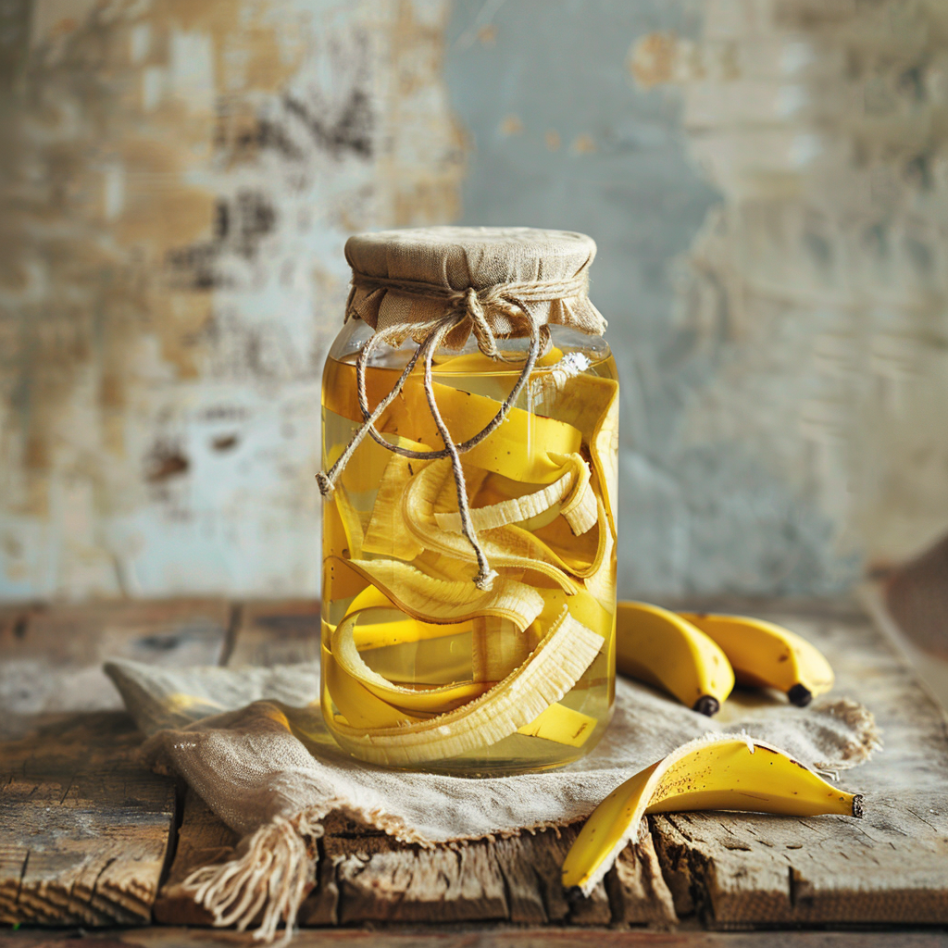
Banana peels are packed with nutrients like potassium, phosphorus, and calcium, making them a fantastic natural fertilizer for your garden. Potassium promotes flower and fruit formation, while phosphorus aids in root development.
Dilute banana peel water with additional water (1:5 ratio) and use it to water plants every two weeks. Focus on fruiting plants like tomatoes and peppers, as well as potassium-hungry plants like roses. Avoid overuse to prevent potassium buildup.
3. Bean Fertilizer
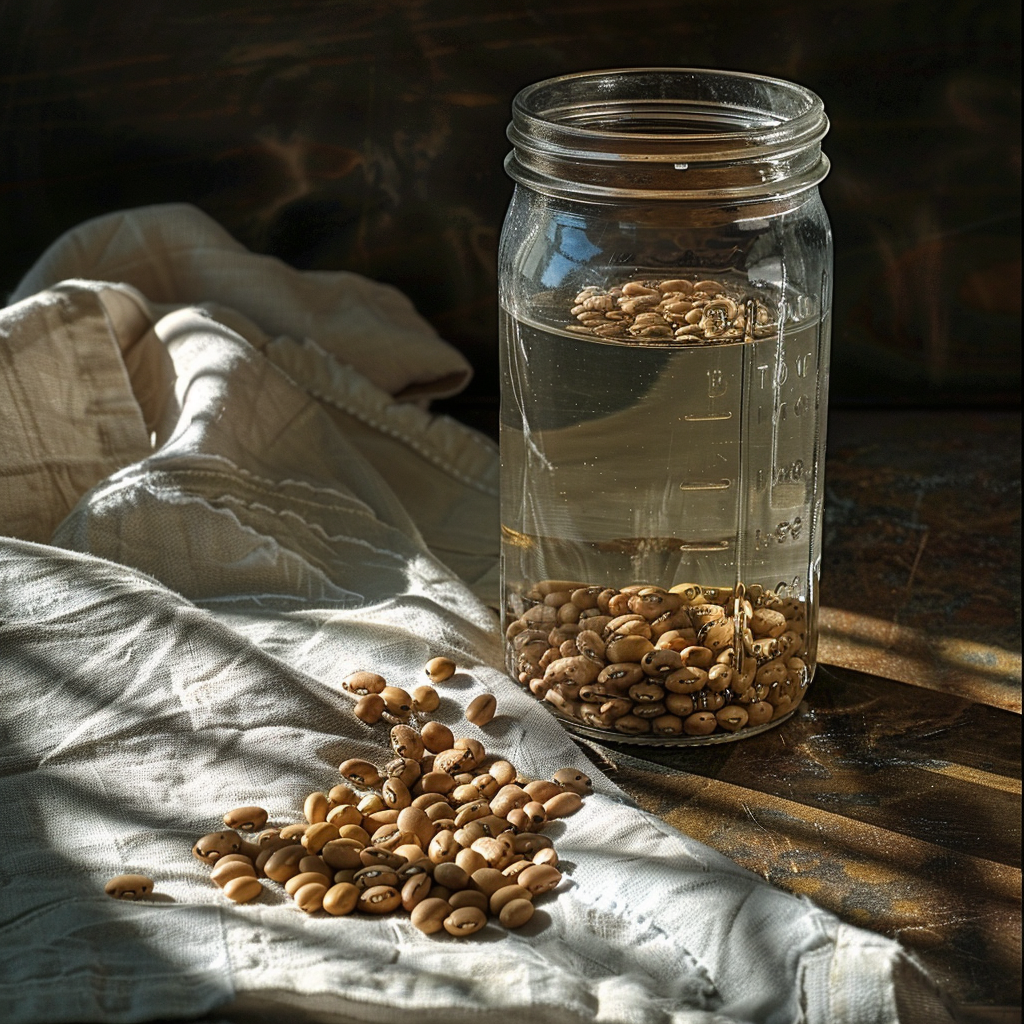
Beans are not just a delicious addition to your meals; they can also be used to make a nutrient-rich fertilizer for your garden. Rich in nitrogen, beans can help improve soil fertility and promote lush, green foliage.
Dilute bean paste with water (1:5 ratio) and apply to soil around nitrogen-loving plants every two to three weeks during the growing season.
Follow the recipe for bean fertilizer here.
4. Potato Peel Fertilizer
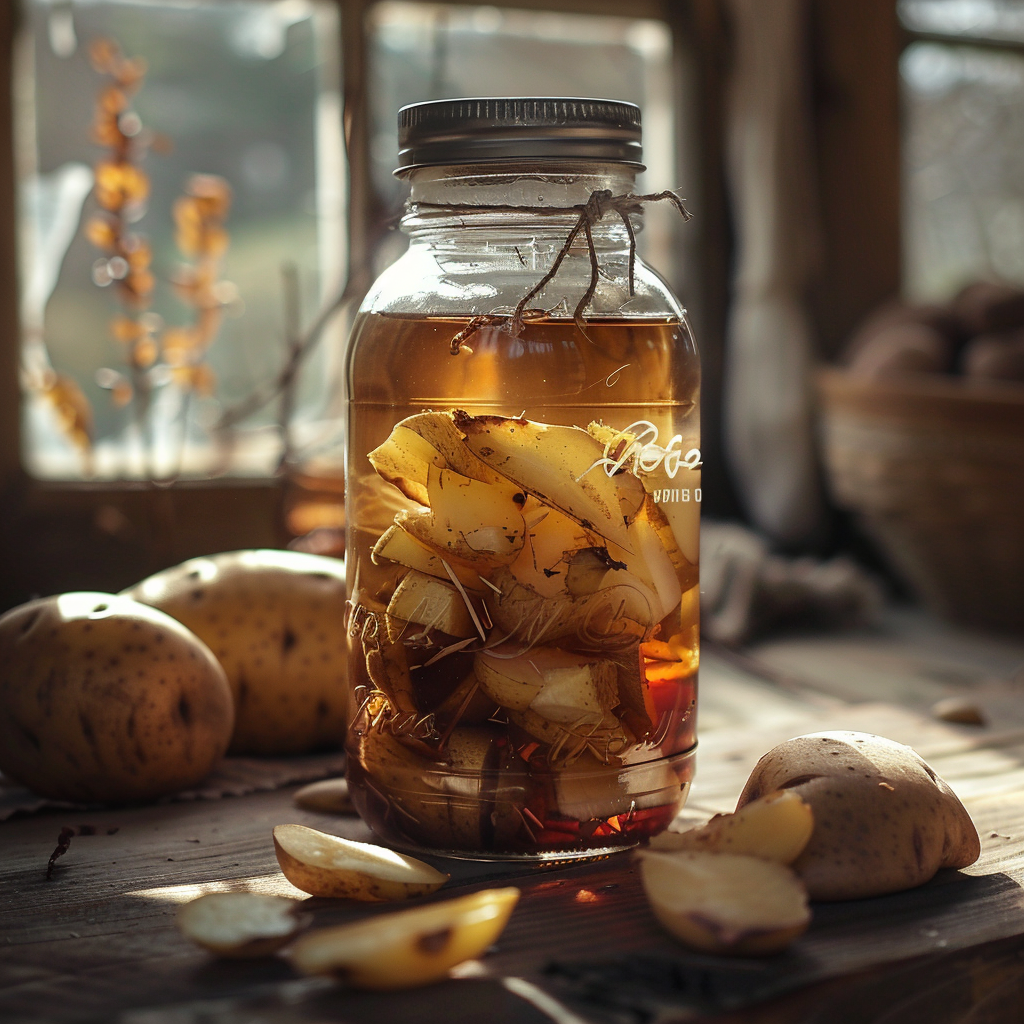
Don’t throw away those potato peels! They can be repurposed into a beneficial fertilizer for your garden. Potato peels contain potassium, phosphorus, and trace minerals that can nourish your plants and improve soil health.
Dilute fermented potato peel liquid with water (1:5 ratio) and apply to soil around flowering and fruiting plants every two weeks during the growing season.
Follow the recipe for potato peel fertilizer here.
5. Garlic Fertilizer
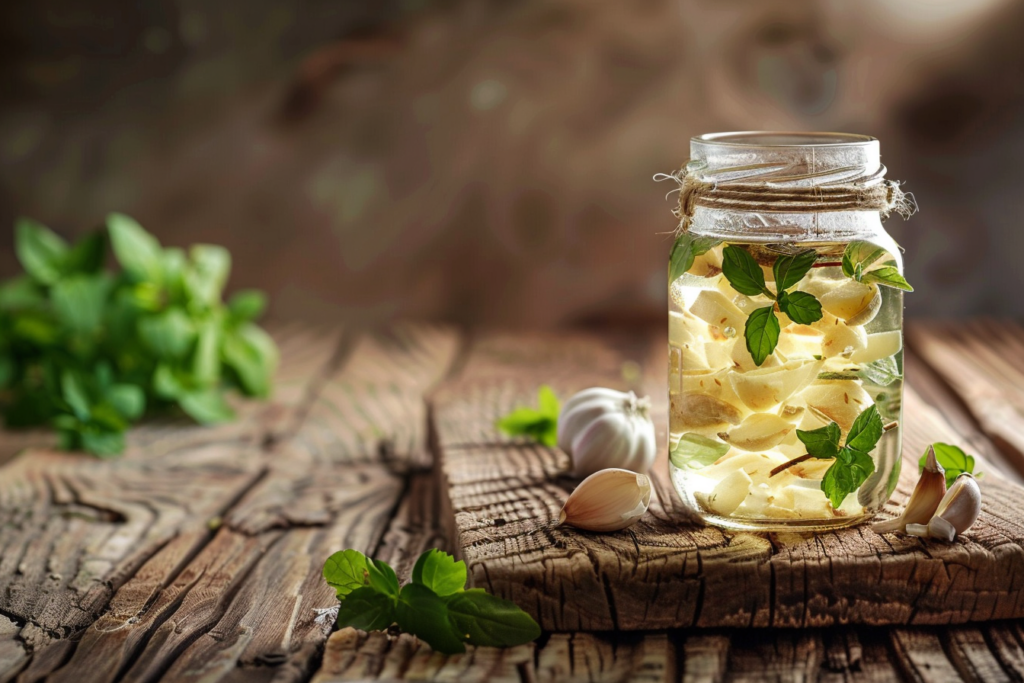
Garlic fertilizer is rich in natural compounds that repel pests and fungi while enriching the soil with nutrients and beneficial microorganisms.
Use garlic fertilizer as a natural pest deterrent and soil conditioner. Dilute with water (1:5 ratio) and apply directly onto plant foliage every two weeks during the growing season.
Learn how to make garlic fertilizer here.
Additional DIY Fertilizers
Additional DIY Fertilizers
- Coffee Grounds Fertilizer: Rich in nitrogen, coffee grounds are excellent for acid-loving plants like roses and azaleas.
- Epsom Salt Fertilizer: Boost plant growth and deter pests with Epsom salt, also known as magnesium sulfate.
- Compost Tea: Provide a nutrient-rich boost to your plants with compost tea, made from compost and water.
By exploring these DIY fertilizers, you’re not just nurturing your garden; you’re also transforming kitchen scraps into green gold while championing sustainability. Ready to unlock the secrets of natural gardening? Let’s explore each recipe!
Egg Shell Fertilizer Recipe
Download Printable Recipe Card
Ingredients:
- Crushed egg shells
- Water
Usage Recommendations:
Incorporate crushed egg shells into the soil around plants to provide a slow-release source of calcium. Apply at the beginning of the growing season and replenish as needed.
Instructions:
- Collect clean, dry egg shells.
- Crush the egg shells into small pieces.
- Sprinkle around the base of your plants or mix into the soil.
- Water thoroughly to help nutrients penetrate the soil.
Banana Peel Fertilizer Recipe
Download Printable Recipe Card
Ingredients:
- Banana peels
- Water
Usage Recommendations:
Dilute banana peel water with additional water (1:5 ratio) and use it to water plants every two weeks. Focus on fruiting plants like tomatoes and peppers, as well as potassium-hungry plants like roses. Avoid overuse to prevent potassium buildup.
Instructions:
- Cut banana peels into small pieces.
- Place the banana peels in a container and cover with water.
- Let the mixture sit for a few days to leach nutrients into the water.
- Strain the liquid and dilute with water before use.
Bean Fertilizer Recipe
Download Printable Recipe Card
Ingredients:
- Soaked beans (e.g., black beans, kidney beans, lentils)
- Water
Usage Recommendations:
Dilute bean paste with water (1:5 ratio) and apply to soil around nitrogen-loving plants every two to three weeks during the growing season.
Instructions:
- Soak beans in water for at least 8 hours.
- Drain and blend with water to create a smooth paste.
- Dilute paste with water and apply to soil around plants.
Potato Peel Fertilizer Recipe
Download Printable Recipe Card
Ingredients:
- Potato peels
- Water
Usage Recommendations:
Dilute fermented potato peel liquid with water (1:5 ratio) and apply to soil around flowering and fruiting plants every two weeks during the growing season.
Instructions:
- Collect clean potato peels.
- Place peels in a container, cover with water, and let ferment for about a week.
- Strain liquid, dilute with water, and apply to soil around plants.
Garlic Fertilizer Recipe
Download Printable Recipe Card
Ingredients:
- Garlic cloves
- Water
Usage Recommendations:
Use garlic fertilizer as a natural pest deterrent and soil conditioner. Dilute with water (1:5 ratio) and apply directly onto plant foliage every two weeks during the growing season.
Instructions:
- Crush garlic cloves to release oils and compounds.
- Place crushed garlic in water and steep for 24 hours to a week.
- Strain liquid, dilute with water, and apply directly onto plant foliage.
Coffee Grounds Fertilizer Recipe
Download Printable Recipe Card
Ingredients:
- Used coffee grounds
- Water
Instructions:
- Spread used coffee grounds evenly around the base of your plants.
- Gently mix the coffee grounds into the soil.
- Water the area to help the nutrients from the coffee grounds seep into the soil.
Epsom Salt Fertilizer Recipe
Download Printable Recipe Card
Ingredients:
- Epsom salt
- Water
Instructions:
- Dissolve Epsom salt in water according to package instructions.
- Use the diluted Epsom salt solution to water your plants, focusing on the root zone.
- Apply Epsom salt fertilizer sparingly to avoid over-fertilization.
Compost Tea Recipe
Download Printable Recipe Card
Ingredients:
- Compost
- Water
Instructions:
- Place a shovel full of compost in a bucket or container.
- Fill the container with water and stir the mixture.
- Let the compost steep in the water for 2-3 days, stirring occasionally.
- Strain the liquid and use it to water your plants, either as a foliar spray or directly at the base of the plants.
With these simple DIY fertilizer recipes, you can nourish your garden naturally while reducing waste and promoting sustainability. Happy gardening!

No responses yet